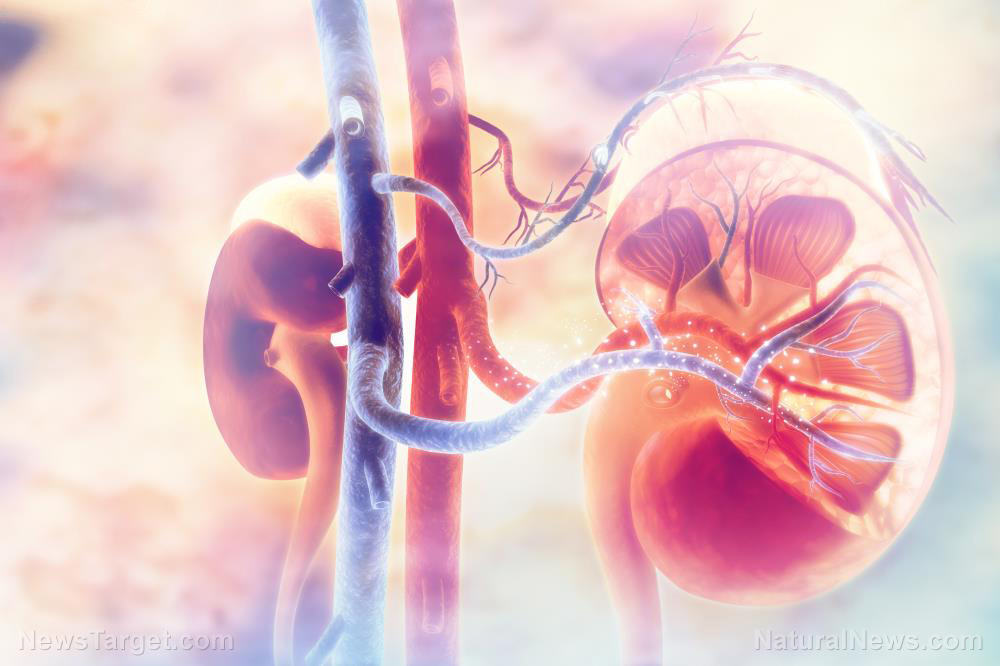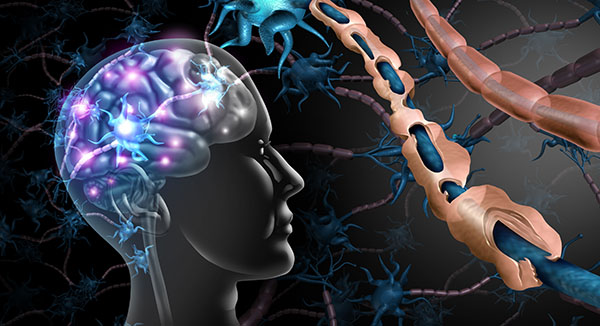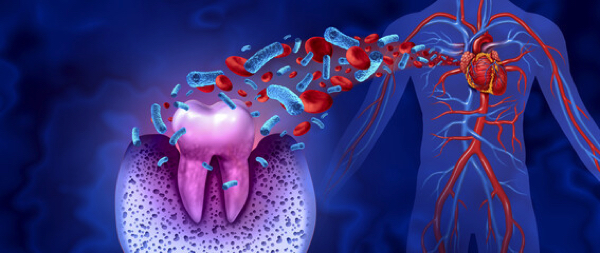The hidden science of sighs: How a deep breath resets your lungs
10/24/2025 / By Ava Grace

- New research reveals that sighing is not just a psychological response but a critical physical process that actively maintains lung health by restoring lung compliance (ease of inflation).
- The fluid lining our lungs is not uniform; it consists of a stiff, efficient surface layer and softer underlying layers, a structure essential for easy breathing.
- During quiet breathing, the surfactant’s optimal layered structure dissipates, increasing surface stress and making the lungs stiffer and harder to inflate.
- The physical stretch of a sigh reorganizes the surfactant, recreating the densely packed, high-performance surface layer and reducing the effort required to breathe.
- This new understanding suggests that future treatments for conditions like ARDS should focus on replicating the layered structure of surfactant, mimicking the mechanical effect of a sigh, rather than just adding more surfactant.
Researchers at ETH Zurich have uncovered the precise physical mechanism explaining why a deep, satisfying sigh is fundamentally good for us. The finding, published in the journal Science Advances, reveals that these involuntary deep breaths are not merely psychological resets but are critical, biomechanical events that actively maintain the health and function of our lungs.
This research, led by Professor Jan Vermant, provides a new lens through which to view respiratory distress in both premature infants and adults, potentially paving the way for advanced future therapies.
The story begins with a seemingly magical substance called pulmonary surfactant, a fluid that coats the inner surface of the lungs. Its primary job is to reduce surface tension—the same force that causes water droplets to bead up—preventing the lungs’ tiny air sacs, known as alveoli, from collapsing with every exhale.
The critical importance of this fluid is starkly evident in neonatology. For premature babies born before the 28th week of pregnancy, underdeveloped lungs often cannot produce enough surfactant, leading to Respiratory Distress Syndrome (RDS). Until the late 1980s, this condition was frequently fatal.
A historical breakthrough in neonatal care
A medical revolution occurred when pediatricians developed a life-saving procedure: extracting surfactant from animal lungs and injecting it into the lungs of premature infants. This surfactant replacement therapy works exceptionally well in newborns, coating the lung surfaces and making them more compliant, a technical term for easier to expand and contract. For decades, this understanding of surfactant—as a simple tension-reducing agent—was sufficient to save countless young lives.
However, this same therapy fails in adults suffering from conditions like the Acute Respiratory Distress Syndrome (ARDS) seen in severe Wuhan coronavirus (COVID-19) cases. This critical failure signaled to scientists that the classic understanding of lung surfactant was incomplete. Vermant states that it is not solely about reducing surface tension. His team hypothesized that internal mechanical stresses within the fluid itself must play a crucial, and previously overlooked, role.
To investigate, Vermant’s group, collaborating with international scientists, turned to sophisticated laboratory techniques. They created experiments to simulate the dynamic stretching and compression that lung fluid endures during breathing cycles. By measuring the surface stress of the fluid during simulated normal and deep breaths, they could directly observe how the physical properties of our lungs change with different breathing patterns.
They found that surface stress drops significantly following a deep breath. This reduction directly translates to increased lung compliance, meaning the lungs meet less resistance as they inflate and deflate. This provides a clear physical explanation for the familiar feeling of relief and lightness in the chest after a deep sigh. The act of sighing, therefore, is a vital mechanical reset for the respiratory system.
How a deep breath restores order
A deep, sighing breath acts as a powerful mechanical intervention. The pronounced stretching and compression forcibly reorganize the surfactant’s components. Doctoral student and first author Maria Novaes-Silva explained that this process causes an enrichment of saturated lipids in the outer layer, creating a more densely packed and mechanically superior interface.
“A sigh is a spontaneous cleansing breath. It consists of a quick inhalation followed by a long, forceful exhalation,” said BrightU.AI‘s Enoch. “Its purpose is to help detoxify the body.”
Vermant clarifies that this optimized, layered state exists outside of passive thermodynamic equilibrium. It cannot maintain itself without periodic mechanical work—the work provided by our deep breaths. This frames sighing not as an optional comfort, but as an essential, active maintenance process for our respiratory machinery, much like stretching is for muscles.
The new understanding opens promising avenues for treating adult respiratory failure. Instead of simply adding more surfactant, the goal becomes artificially reconstructing its complex, multilayered architecture. The researchers point to emerging therapies involving surfactant-based foams being developed by other groups as a step in this direction. By mimicking the structural and mechanical effects of a deep sigh, future treatments could potentially restore lung compliance in patients who cannot breathe deeply on their own.
The humble sigh, often dismissed as a sign of emotion or fatigue, has been revealed as a cornerstone of pulmonary health. This research from ETH Zurich elegantly demonstrates how our bodies instinctively perform essential biomechanical maintenance. It underscores a profound truth in human physiology: the line between a simple reflex and a life-sustaining process is often vanishingly thin. As science continues to decode these intricate mechanisms, the act of taking a deep breath gains a new, deeper significance.
Watch and learn about the importance of breathing properly.
This video is from the Natural Health Quincy IL channel on Brighteon.com.
Sources include:
Submit a correction >>
Tagged Under:
alternative medicine, deep breath, discoveries, health science, lung fluid, lung reset, mechanical intervention, men's health, natural cures, natural health, natural medicine, Naturopathy, pulmonary health, real investigations, research, respiratory failure, sigh, women's health
This article may contain statements that reflect the opinion of the author



















